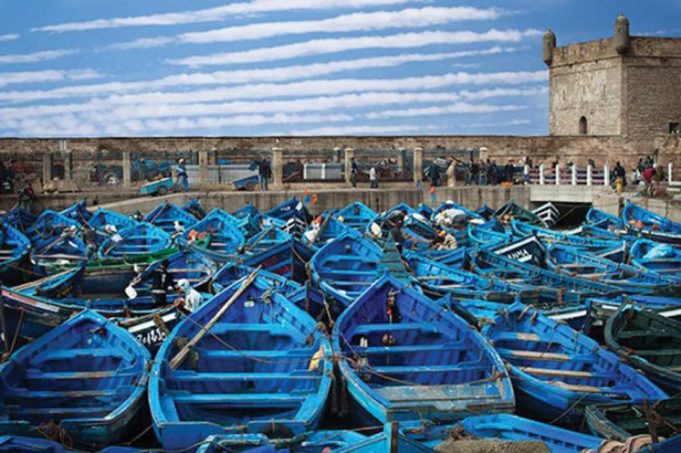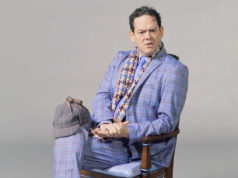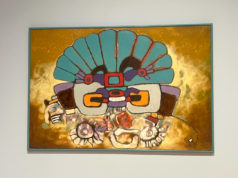Like many Fort Worthians, I was introduced to the vibrant drip artworks of Dan Lam, the socially conscious oil paintings of Riley Holloway, and the intricate drawings of Marshall Harris through Fort Works Art. Opening nights for these carefully themed solo and group shows have become something of a red carpet affair, attracting both curious culture vultures and discerning collectors.
Last Saturday, Fort Works Art offered two new names, photographers Cordelia Bailey and Dontrius Williams, via two concurrent solo shows: Cordelia Bailey: One Last Shot and Dontrius Williams: One More Shot.
The artists work in different media (Bailey in digital and Williams in film), with each of them focusing on divergent subject material. The show is an effective study in contrasts. There’s not only a wide range of subject matter (portraits, landscapes, and urban settings, among others), but the varied approaches that Bailey and Williams bring to their craft are also dissimilar.
Photography is a new venture for Bailey, who comes from a diverse career of painting, teaching, writing, and even a brief stint as a political appointee under President Ronald Reagan. She described photography to me recently as “painting with light,” adding that she works only with natural light. Her body of work falls into distinct portfolios that cover topics such as animals, balconies, and cats. The selections for One Last Shot include black-and-white and color photos, some processed, others not. Having the freedom to manipulate images allows her to communicate stories more effectively, she said.
“With digital and film photography, you have to get the composition and focus right,” she said. “Digital photography allows you to take something ugly out. Or you can put something in. There are no rules. I love that.”
When asked how she decides whether a photo should have color or not, she said the choice comes from a “feeling” she gets soon after viewing the image.
The themes in Bailey’s photos are sometimes humorous, other times unsettling. The images are not an escape from the pangs and banalities of life but rather a brave, headfirst dive into them. But viewers will need to invest time to reap these rewards. One portrait of a cat (featured in her 2016 photobook Cordelia Bailey: Photography) makes sense only if you find the feline’s tiny shadow in a far corner. Other works have themes that aren’t obvious at first glance. Be prepared for an experience that targets the heart as much as the mind.
“I don’t try to manipulate the viewer’s emotions,” she said. “Instead, I respond to my own.”
One More Shot is Dontrius Williams’ first solo exhibit. The young Fort Worthian works exclusively with film. He said he enjoys it because of the delayed gratification associated with hand-processing photos. Architecture and landscapes were his early focus until he found a more dynamic element in Fort Worth’s streets and neighborhoods.
“The scenes weren’t changing, but the people were,” he said. “I like to capture candid moments.”
A black-and-white image of local photographer Erin Margaret Alison Rambo captures elements of Williams’ approach. Casually seated on a front porch ledge, Rambo is quietly pensive as she gazes toward the photo’s top right corner. The image is taken at an angle that would have placed Williams below Rambo and out of her line of sight, adding an element of informality. Indeed, Williams said he prefers to capture his subjects unprompted.
What should viewers take away from your works?
“The beauty of this city,” he said. “I love this city and try to show that.”
Lauren Childs, artist and Fort Works Art owner, said the juxtaposition of Bailey and Williams is partly a play off their different media. Bailey, while significantly older than Williams, has embraced digital photography and software for processing images. Williams’ journey was the opposite. He chose to work solely with film two years ago.
Bailey’s works “are beautiful,” Childs said, “but they are also very haunting.”
Childs noted that Bailey lost her husband recently.
“I think that’s because she went through such suffering,” Childs continued. “That suffering created something beautiful.”
Her works also deal, sometimes through humor and other times through tragedy, with the human condition, Childs added
A large part of the workload leading up to One Last Shot dealt with how each work would be sized and mounted. Visitors will see Bailey’s artworks posted on metal or on composite board material or framed behind glass.
Bailey “had never put works on metal and gator board,” Childs said. “We encouraged her to try something new, this being a new exhibition space. There are statement pieces where I feel the impact is more effective when carried out on a larger scale. When you get rid of the frame and glass, it truly becomes all about the image.”












